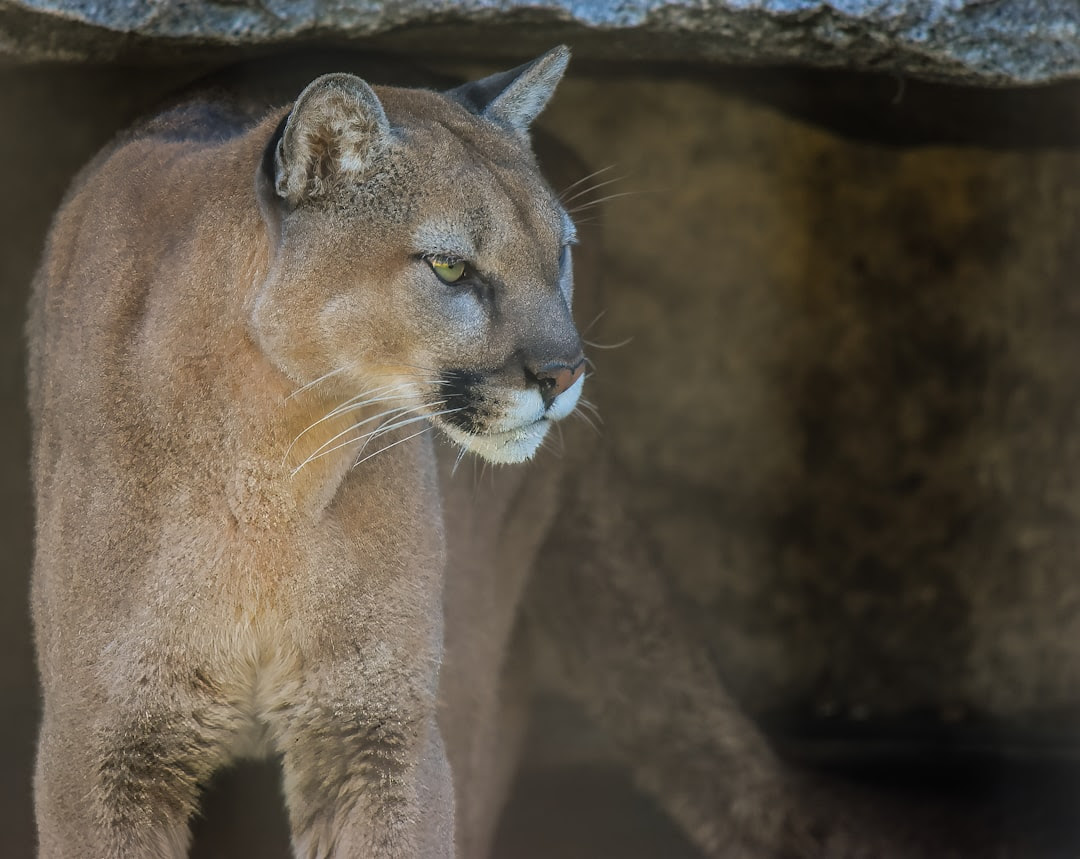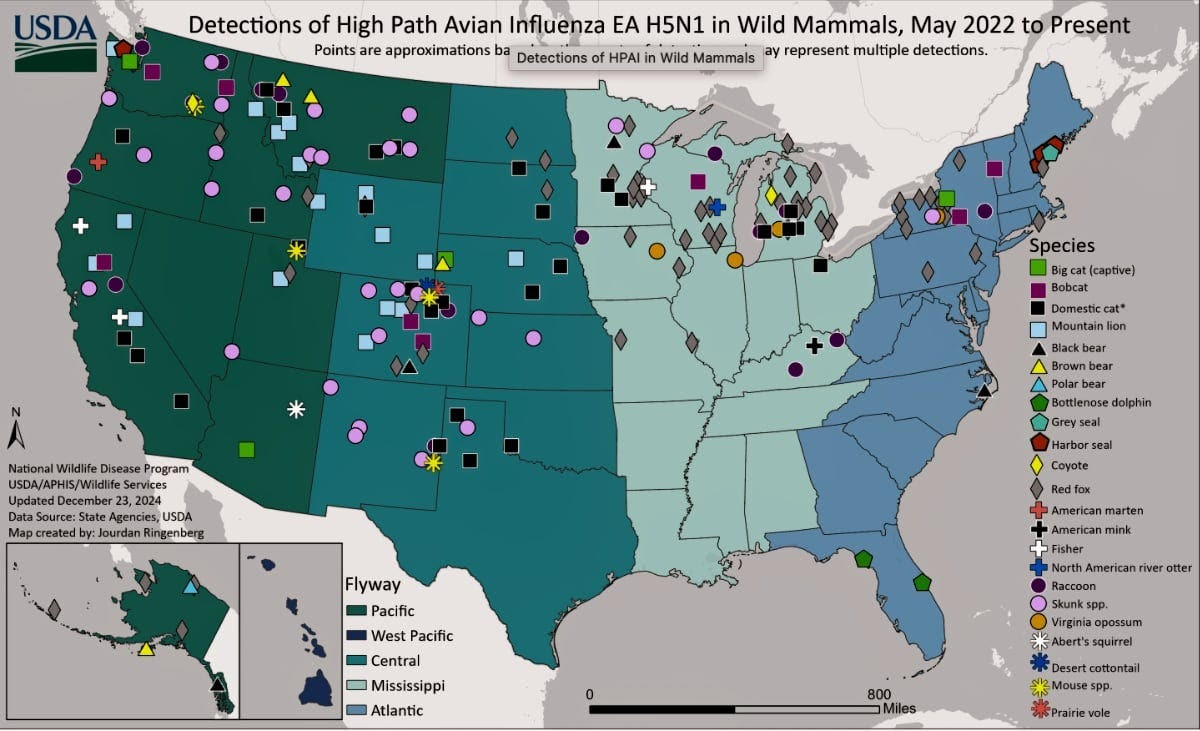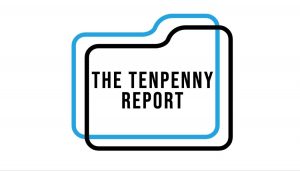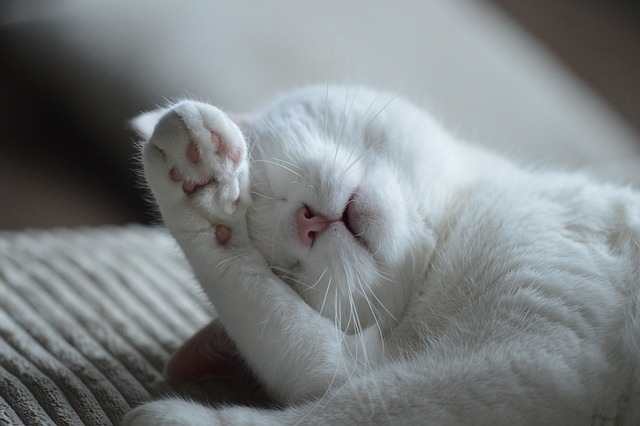Reprinted with permission from Dr. Will Falconer, DVM
It seems the feline world is very challenged by this bird flu virus.
The question nobody seems to be asking is: “How are cats now susceptible to an avian virus?”
And the likely answer: Gain of Function (GoF) research, funded by you and I…
We are facing the reality that cats of all stripes are in trouble.
Big Cat Deaths
A number of big cats were lost in a Washington state sanctuary, some 20 cats dying just since Thanksgiving. Wild Felid Advocacy Center in Shelton has been sheltering tigers, cougars, bobcats and others for 20 years. The big cats come from abuse cases, negligence, or as an alternative to euthanasia, and Shelton becomes their “forever home.” They have 4 sick cats now (expected to survive) and one critically ill. Twelve big cats have had no symptoms at all. The facility is quarantined now to hopefully contain the outbreak.

Photo by Dylan Crawford on Unsplash
Although the source of the highly pathogenic avian influenza (HPAI) virus is unknown, they have dumped thousands of pounds of meat and the owner expects their losses to be upwards of $150,000 by the time this is over and they are able to reopen to the public.
The news story here has a link for donations, if you are interested. [A heads up: if your browser has a “Reader” function, use it to avoid the news site’s many ads].
Small Cats, Too
The USDA is keeping track of wild mammals succumbing to this virus, and domestic cats are among the species showing up (black square icons):

The association of cows and cats is borne out by data. So far, at least 52 cats have tested positive for avian influenza virus type A (H5N1) in states where the virus also has been found in dairy cattle. — AVMA — updated Dec 23, 2024
As far as deaths, as of this writing, that number is “at least eleven confirmed deaths from H5N1 in cats have been documented in Poland, alongside additional cases in the U.S. totaling at least seven deaths across various reports.” My search parameter: https://kagi.com/search?q=how+many+cases+of+H5N1+definitively+proven+to+kill+cats&r=us&sh=718L5ifWwzXtvzP5sDcs4Q
Two of the latest cat deaths were in Los Angeles, “after consuming contaminated raw milk.”
So, it appears cats are uniquely susceptible while dogs are not, at least in this data set.
The source of the virus in cats has been posited to be contact with wild birds, raw food (poultry based), and raw milk and colostrum.
Cat Symptoms of H5N1
This is from the AVMA, but similar reports are circulating. Illness may start with loss of appetite, lethargy, and fever, then quickly progress, with cats exhibiting:
- Neurologic signs (e.g., ataxia, circling, tremors, seizures, or blindness)
- Severe depression
- Copious oculonasal discharge (eyes and nose)
- Other respiratory signs, including tachypnea(rapid breathing), dyspnea(difficult breathing), and possibly sneezing or coughing”
They rightly note that rabies could exhibit similar neurologic signs, so if you’re unlucky enough to have a cat showing these symptoms, it’ll be best to avoid bites and saliva. Call your public health officials as linked in this same page (AVMA).
Cows Have Adapted
As we learned pretty quickly in vet school, species differ in all sorts of ways beyond appearance. You may remember cows started showing up with this disease in March 2024 in Texas.
It appeared to transmit cow to cow, and cow to human. The cows didn’t die, but went off their feed and dropped in milk production. As the months have gone on, it appears they’re now more likely to be “asymptomatic” while carrying the virus, which is hopeful, right?
That means they are not sick, but only tested positive.
So, while cats are clearly having a horrible time with this same virus, dying even, cows are fighting it off and not even showing the symptoms they once did. This is the way it’s supposed to be, by the way. If a virus (or parasite, bacteria, insect, etc.) kills off its host animal, it’s just lost the game of life. Dead end, right?
So, if we can learn more about how cows responded to the H5N1 baddie, maybe we can help other species beat it as well.
++++++++++++++++++++++++++++++++++++++++++++++++++++++++++++
 Like what you’re reading on The Tenpenny Report? Share this article with your friends. Help us grow.
Like what you’re reading on The Tenpenny Report? Share this article with your friends. Help us grow.
Get more of Dr. Tenpenny’s voice of reason at her website.
Make a donation here (and thank you!)
+++++++++++++++++++++++++++++++++++++++++++++++++++++++++++++

Dr. Will Falconer, DVM, is a certified veterinary homeopath on a mission to sidestep the damage of conventional veterinary prevention. This article is courtesy of Dr. Falconer‘s Vital Animal News, published biweekly. To receive your own copy and help keep your own animals wildly healthy and naturally disease-resistant, join his free Vital Animal Pack here. You can read his Substack at https://substack.com/@willfalconerdvm.
Read all of Dr. Falconer’s TTR contributions here.

